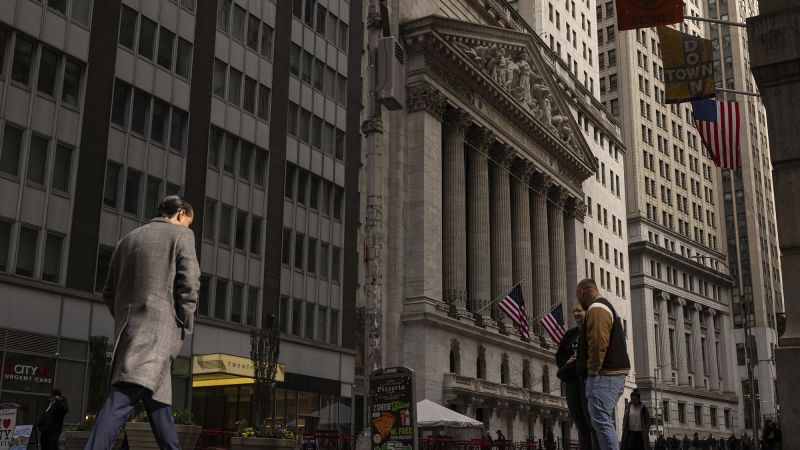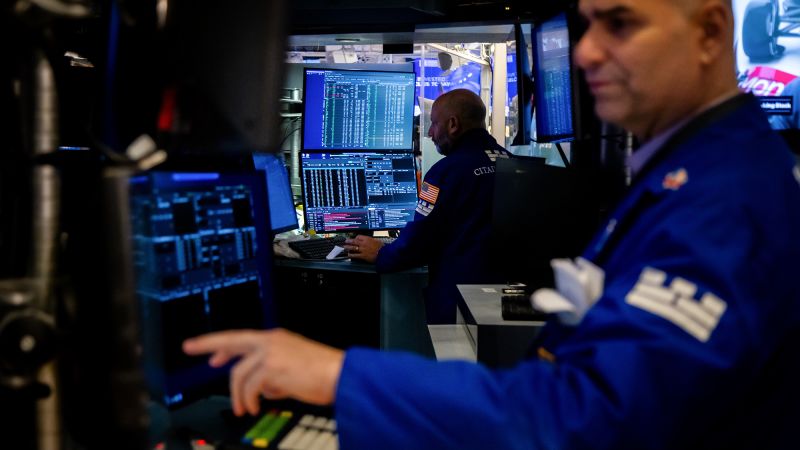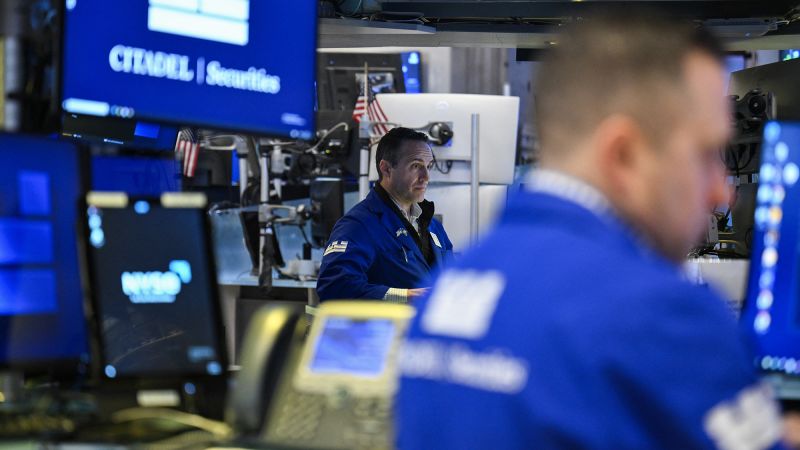U.S. Stock Market Seeks Stability Amid Trade Tensions
The U.S. stock market witnessed a significant rally on Wednesday, yet the S&P 500 index remains entangled in a downturn linked to President Donald Trump’s trade policies. After achieving a record high in February, the S&P 500 fell into a correction phase in March, currently sitting 12.5% below its peak just two months prior. This decline has resulted in a staggering $6.5 trillion loss in market value, according to Howard Silverblatt, a senior analyst at S&P Dow Jones Indices.
As market fluctuations continue, investors are anxious to determine when stability might return. While there are no definitive answers, historical trends can provide some insight into how long it typically takes for the S&P 500 to find a bottom.
Historical Patterns of Market Corrections
According to Sam Stovall, chief investment strategist at CFRA Research, the S&P 500 has experienced 24 corrections since World War II. When entering a correction without slipping into a bear market, the S&P has historically taken an average of 133 days to hit bottom and 113 days to recover. If the April 8 low is indeed the market’s bottom, it would be a remarkably quick turnaround of just 48 days from the February peak.
Key historical insights include:
- Peak to Confirmation: This year, the S&P confirmed a correction in only 22 days—significantly quicker than the traditional average of 77 days.
- Rapid Declines: Stovall notes that sharp declines often lead to short-lived corrections, suggesting the potential for a quick recovery. “Swift declines tend to be shallow and short-lived,” he remarked, emphasizing the need for patience.
Market Uncertainty and Trade Policies
The current market correction is largely driven by U.S. trade policies, a phenomenon that Stovall labels as a "manufactured correction." He explains that the downturn is primarily a result of actions taken by the Trump administration in initiating a trade war. “This is an unprecedented scenario,” he stated, highlighting the unique nature of the current market environment.
Potential for Retesting Market Lows
The S&P 500 closed at 4,982.77 on April 8, and some analysts predict that the market may need to retest this low before establishing a bottom. Nick Colas, co-founder of DataTrek Research, noted that a shift in trade policy could help bolster investor confidence. He referenced the 1987 stock market crash, where the S&P faced a similar scenario, only to rebound significantly after retesting its lows.
Recovery Expectations: V-Shaped or Sideways?
In a previous correction in 2023, the S&P recovered swiftly after reaching its lowest point. However, Adam Turnquist, chief technical strategist at LPL Financial, expressed caution regarding a rapid recovery this time around. He noted that the market’s current defensive posture suggests a slower recovery may be more likely.
Market analysts are observing key range levels for the S&P 500, with 5,100 and 5,500 being critical indicators. As of Wednesday’s close, the index was situated at 5,376, and breaking through either level could significantly impact the market’s direction.
Investing Strategies in Volatile Times
Navigating market volatility can be daunting, but maintaining a long-term perspective is vital. Yusuf Abugideiri, a certified financial planner, emphasizes that a patient and disciplined investment strategy is key. “Investors who remain committed will ultimately see the fruits of their patience,” he advised.
For younger investors, market downturns can present unique buying opportunities. Conversely, those nearing retirement may want to consider diversifying their portfolios with safer investments like Treasuries.
Ultimately, the market’s trajectory will heavily depend on clearer communication from the White House regarding trade policies. “If investors can gain more clarity, the market is likely to respond positively,” Abugideiri concluded.
In a world of uncertainty, staying informed and strategic about investments can make all the difference in weathering the stormy seas of the stock market.










